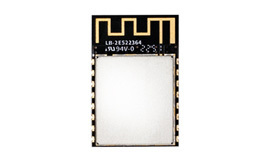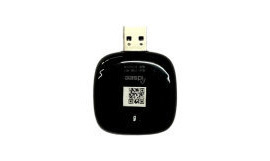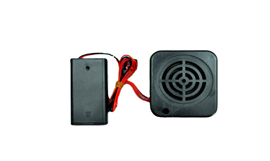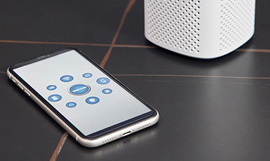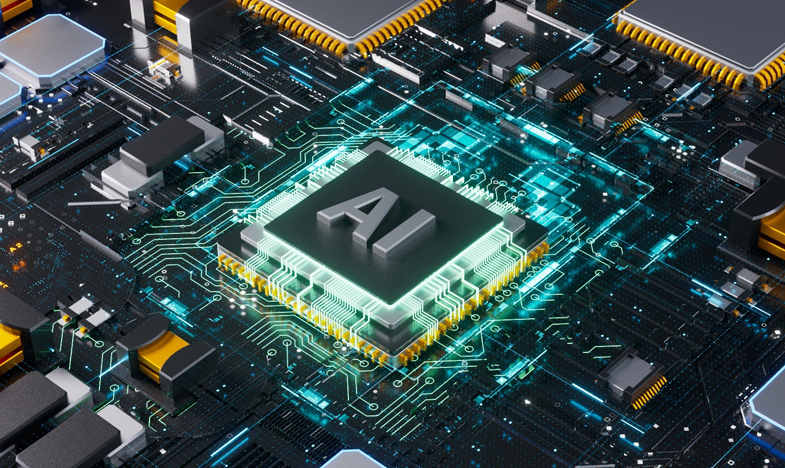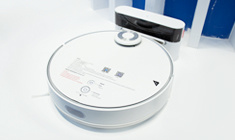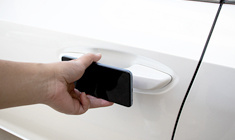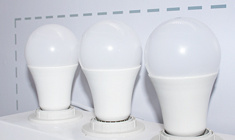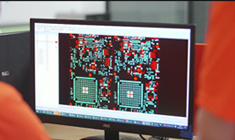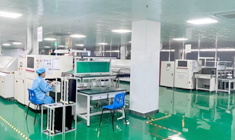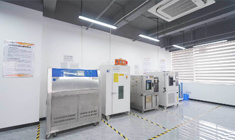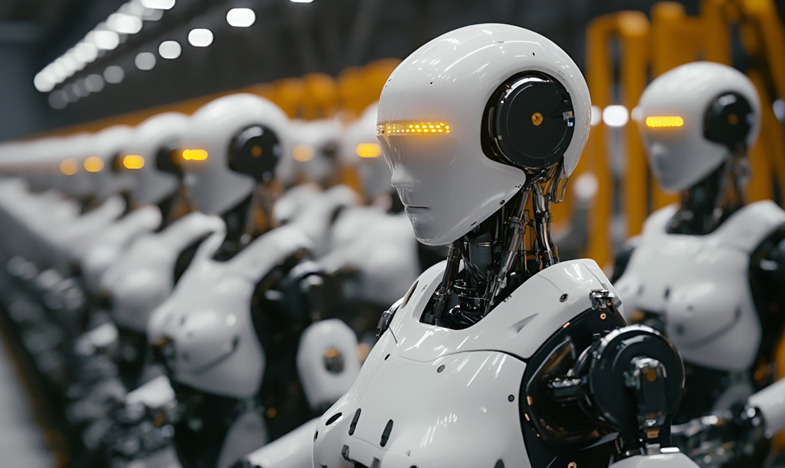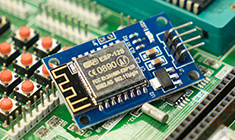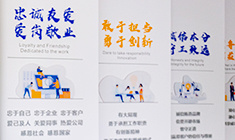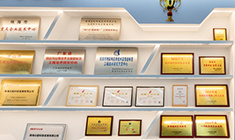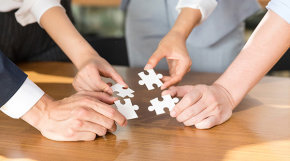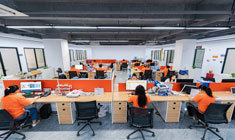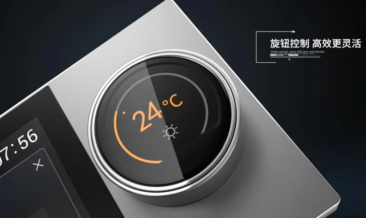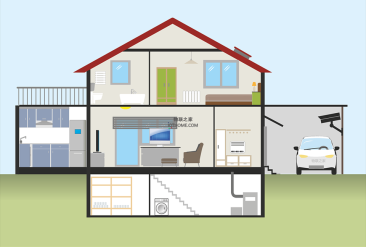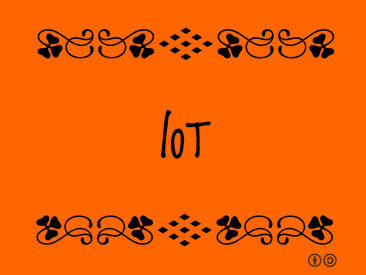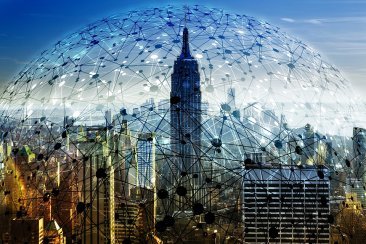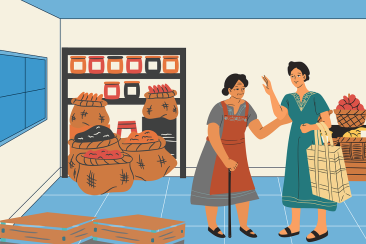
The Internet of Things and the pursuit of Accessibility
Release Time:
2021-06-09
Up to 1bn people, or 15 per cent of the world's population, are diagnosed with some form of disability, according to the World Bank.They often have complex accessibility requirements, and the Internet of Things (IoT) is an excellent opportunity to help meet these requirements and improve the abi
Up to 1bn people, or 15 per cent of the world's population, are diagnosed with some form of disability, according to the World Bank.
They often have complex accessibility requirements, and the Internet of Things (IoT) is an excellent opportunity to help meet these requirements and improve the ability of people with disabilities to live independently.
With an estimated 46% of the World's population using the Internet, according to Our World In Data, this is a huge opportunity to help create an independence that was previously impossible for people with disabilities.
Stay at home
Disability means that people diagnosed with a disease spend long periods of time at home. A study conducted by the British disability charity Mencap found that a third of young people diagnosed with a disability spend just one hour a day outside.
If someone has to stay at home for a long time, the Internet of Things can make their life more independent. Voice assistants, smart activators such as heating and lighting, and adaptive voices in the home can be combined through the Internet of Things and provide an immersive and adaptive living experience, thereby providing security and a fully accessible lifestyle for people with disabilities.
Go out
While the Internet of Things can improve family life, it must also be a priority to help people who need to get out and about. Again, smart devices and the Internet of Things can help make this happen. On the whole, the move towards smart cities is helping to achieve this goal.
Crossing the road is a very simple task for most people, but it is often dangerous for people with disabilities. Fortunately, the Netherlands has taken significant measures to protect those who need help crossing the road.
Their "crosswalk" system has sensors embedded in traffic lights that connect to an app installed on a smartphone. When enabled, the app recognizes when a person with a disability is approaching an intersection and automatically adjusts the timing of the lights so that the person with a disability has more time to cross the road safely.
Complete independence
Can complete independence be created for people with mobility problems? It's OK. Through the use of artificial intelligence (AI) technology and augmented reality devices, effective safeguards can be created for people with disabilities, enabling them to access emergency assistance with absolute safety, and making wider society aware of their vulnerability. Combined with the adaptive and smart technology of modern cities, this offers a real opportunity for people with disabilities to enjoy the independence that people without disabilities enjoy.
Independence is often out of reach for people with disabilities. This is changing with the advent of smart technology. Integrating with the Internet of Things will be the most critical step towards increasing the independence of people with disabilities and creating a more equitable society.
Reprinted in the House of Things

Guangdong Joinet IOT Technology Co.,Ltd
Manufacturing Base:
Joinet Technology Park,No. 168 Tanlong North Road,Tanzhou Town,Zhongshan City,Guangdong Province,China
Pre Sales Hotline:19966308713 13823973022
Switchboard:0760-8663 0003 (transferred) 523
Pre Sales Email:sw@znaiot.com


Contact Us:
Looking forward to your call anytime



